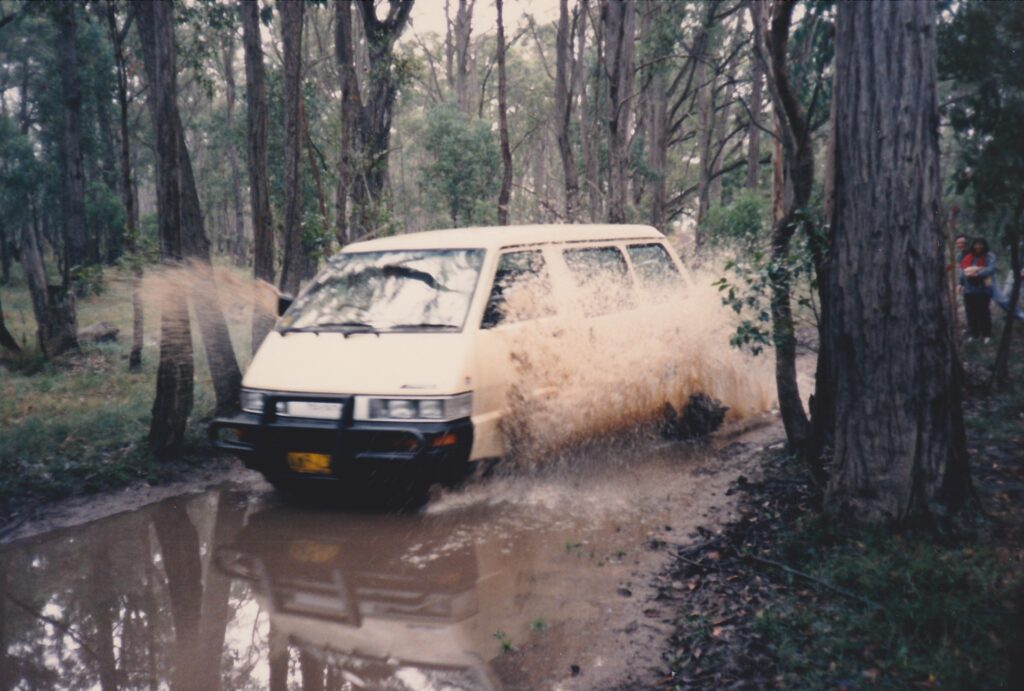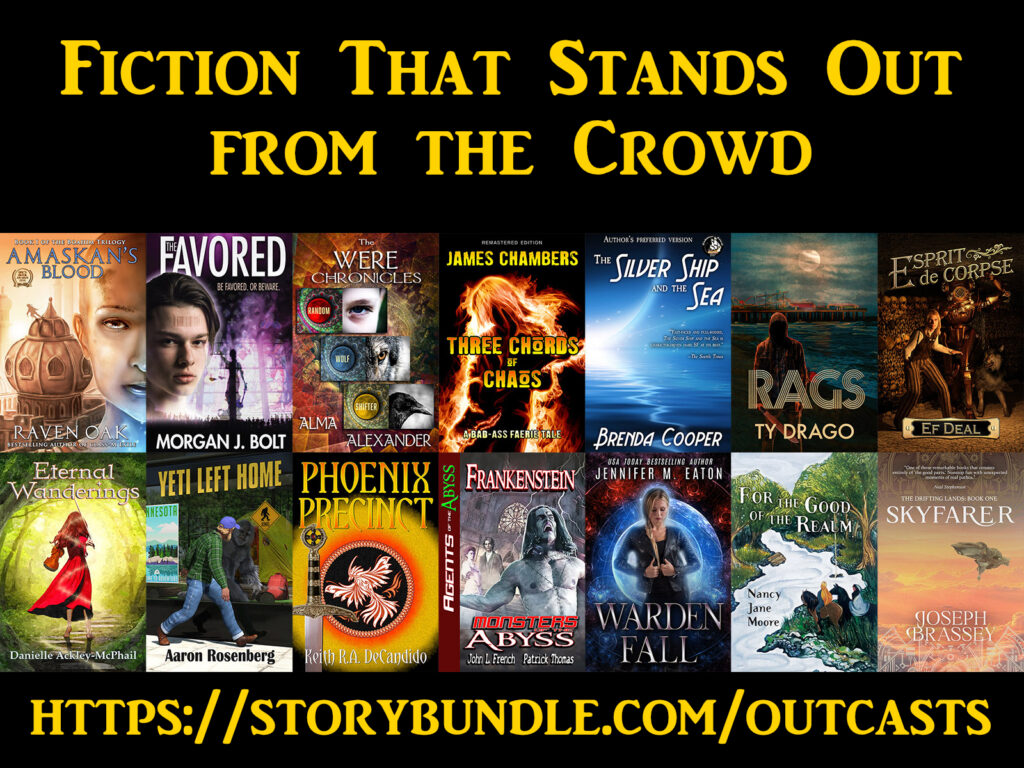I was reading an interview with Richard Osman (find it here in either video or a transcript), who has written a series of mysteries called the Thursday Murder Club about people over 80 living in a retirement community and solving mysteries.
The books are read worldwide, translated into a number of languages. In talking about how societies treat their elders – and assuming that in the UK and the US we treat them badly – he said this:
But in Mediterranean countries, in Arabic countries, in China, elders are traditionally revered. Except every time I go to one of those places, people say, “Oh no, we’re exactly the same. We treat older people terribly.” And I’ll say, “No, you don’t, not really.” And they insist, “Yes, honestly, that’s why we love these books.”
And that resonated with me, because I know there are segments in our culture which supposedly revere elders and yet as someone who technically qualifies for elderhood, when I see the way those elders are treated, I find it condescending.
I like the idea of a book that treats so-called elders like people, so I put the first one on hold at my library.
But I have to say, I don’t want to live in a retirement village. I want to live around people of all ages.
Michelle Cottle, who did the interview, said living in a retirement village would be kind of like being back in college except without having to go to class. But having spent time visiting people living in such places, I don’t find that true. Part of that might be that as much as we complained about it, going to class was a major part of going to college and generated a lot of the ideas that made for good conversations with our friends.
I would like to live in community that had some of the aspects of college – my six weeks at Clarion West, living in a dorm with my fellow students, going to class, barely sleeping, were a high point in my life. But the students in our group ranged from their early twenties to their mid-fifties.
So I’m not planning to move into a retirement village or similar facility for old folks, at least not now. My partner and I are part of East Bay Permanent Real Estate Cooperative and we are trying to organize a multifamily co-op apartment building as part of that, one that would include a diverse group of people.
But there is another issue here, one I wrestle with. What if I develop a condition such as dementia or another severe illness or disability and need the kind of full-time care one gets in assisted living or nursing homes? I do not want my partner, assuming he is still able to do so, to spend all his time caring for my needs, and even though I’m putting money aside for my care in the future, I doubt I will have enough for 24-hour live-in aides. Continue reading “Thinking About Old Age”…


